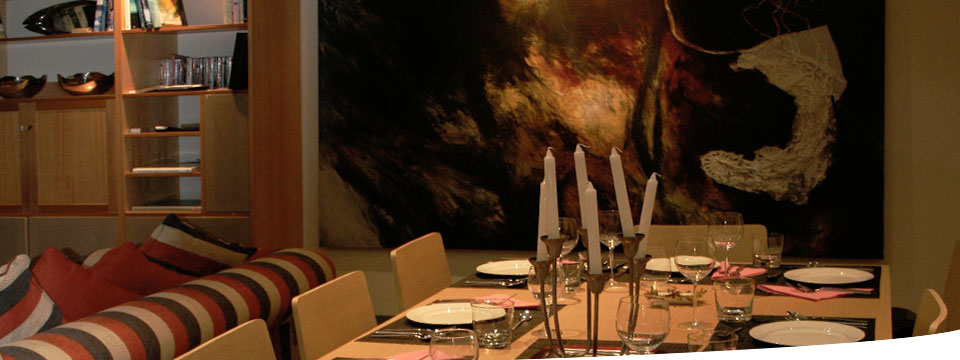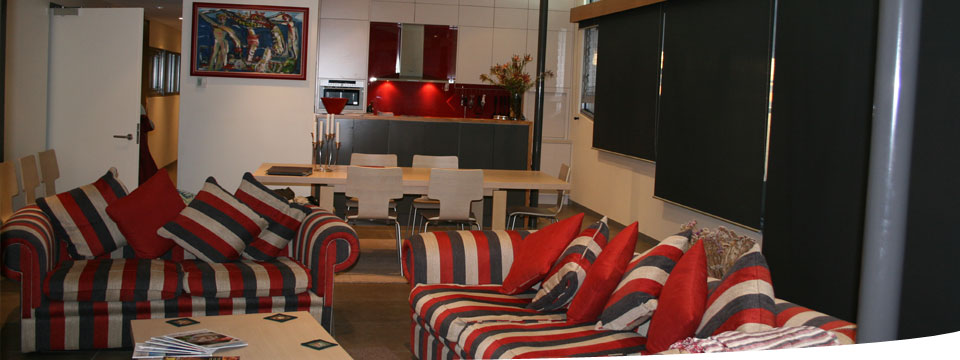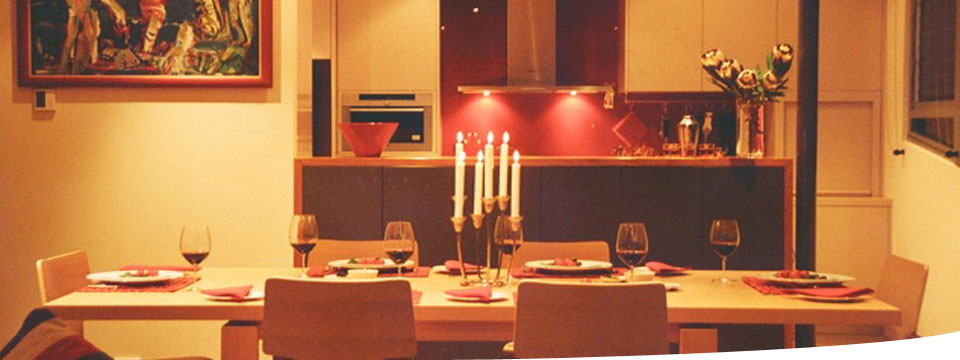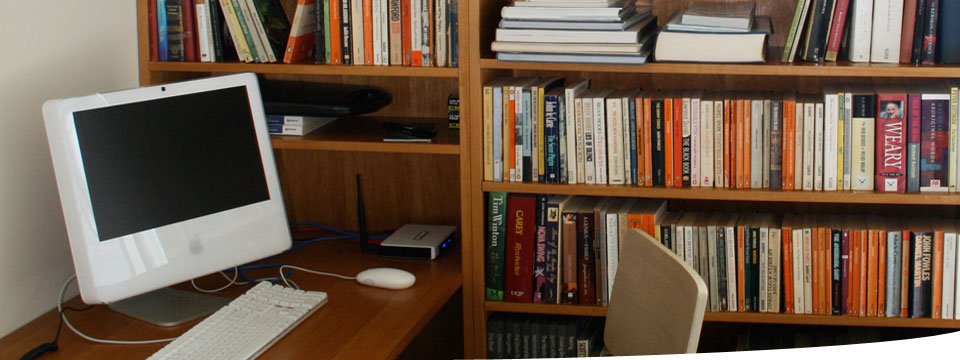[cs_content][cs_section parallax=”false” style=”margin: 0px;padding: 45px 0px;”][cs_row inner_container=”true” marginless_columns=”false” style=”margin: 0px auto;padding: 0px;”][cs_column fade=”false” fade_animation=”in” fade_animation_offset=”45px” fade_duration=”750″ type=”1/1″ style=”padding: 0px;”][x_slider animation=”slide” slide_time=”7000″ slide_speed=”1000″ slideshow=”true” random=”false” control_nav=”false” prev_next_nav=”false” no_container=”true” touch=”false” pause_on_hover=”true” ][x_slide] [/x_slide][x_slide]
[/x_slide][x_slide] [/x_slide][x_slide]
[/x_slide][x_slide] [/x_slide][x_slide]
[/x_slide][x_slide] [/x_slide][x_slide]
[/x_slide][x_slide] [/x_slide][x_slide]
[/x_slide][x_slide] [/x_slide][x_slide]
[/x_slide][x_slide] [/x_slide][/x_slider][/cs_column][/cs_row][cs_row inner_container=”true” marginless_columns=”false” style=”margin: 0px auto;padding: 0px;”][cs_column fade=”false” fade_animation=”in” fade_animation_offset=”45px” fade_duration=”750″ type=”2/3″ style=”padding: 0px;”][cs_text]
[/x_slide][/x_slider][/cs_column][/cs_row][cs_row inner_container=”true” marginless_columns=”false” style=”margin: 0px auto;padding: 0px;”][cs_column fade=”false” fade_animation=”in” fade_animation_offset=”45px” fade_duration=”750″ type=”2/3″ style=”padding: 0px;”][cs_text]
LANDSCAPE HISTORY

A work in progress. Twenty years of infestation, after the earlier clearing of the coastal land on which The Winged House sits, by Gorse (Ulex europaeus) a weed of national significance, presented a particular problem to reclaiming and revegetating the land and the coastal fringe (Crown land). Staged removal of the gorse, preservation of the exposed topsoil, ongoing eradication of new growth and revegetation represents a 20 year project.
Gorse is a prickly, perennial, evergreen legume which, if left undisturbed, will grow to a height of more than 3 metres. It produces deep and extensive roots. All its stems and leaves are prickly, ending in sharp spines. The plant produces huge numbers of brown/black seeds in grey hairy pods, each pod holding three to four seeds. The seeds have a hard, water-resistant coating which all allows them to remain dormant in the soli for up to 30 years. The small dark green leaves are stiff and covered with a waxy coat which helps against water loss. Together with its deep root system, this feature enables gorse to flourish in areas with very low rainfall. The gorse bush is covered with bright yellow pea-like flowers in Spring. It is one of the first species to flower and so is an early source of pollen for bees.
The mature infestation present on The Winged House land could produce up to 6 million seeds per ha each year. Most seeds fall around the plant but the pods can spilt open and shoot seeds for a distance of up to 5 metres. Gorse spreads into new areas from seed movement in water, soil, on machinery and footwear. Birds and ants spread seeds. While it is mainly spread by seed, cultivation and the spread of the root system can permit plant fragments to regenerate. Burning stimulates seed germination. (Weed Management Guide Natural Heritage Trust www.weeds.crc.org.au/documents/wmg_gorse.pdf)
Paralleling the long term plan to contain and possibly eradicate the gorse, revegetation with a mixture of exotic and (predominantly) local native groundcovers, shrubs and trees is being undertaken. Local Nurseries that specialise in plants native to the northern Tasmanian area and provide advice on plant selection and placement play an integral part in the project. “Living With Plants : A Guide to Revegetation Plants for North West Tasmania” by Jim McLeod and Sue Gray of Oldina Nursery, and discussion with Jim himself and with Max Roberts of Redbreast Nursery in Flowerdale are crucial to this project.
The degeneration of the coastal fringe is contributed to by the infestation of gorse, the impact of goats introduced to keep the gorse in check, the effects of human habitation and movement and other introduced species eg rabbits. Coastal Care and the efforts of individuals aim to improve this situation – two Huon Pines (Podocarpaceae Lagarostrobus franklinii) have been planted on the high foreshore strip along a natural stream, below the Winged House. Caged to protect them form the marauding goats and other animals, the pines will take a century to reach maturity.
A full inventory of the plantings and the planning for the revegetation of the site is provided for interested visitors staying in the Winged House. Advice and native plants have been obtained from:
. Jim McLeod at Oldina Nursery, 472 Smarts Rd Oldina
Phone 03 64381266
. Max Roberts at Redbreast Nursery, 242 Robin Hill Road Flowerdale
Phone 03 64 424 833
. and exotics by Paul Jackson at Orchids N More, 322 Preservation Drive, Sulphur Creek.
Phone 03 6435 4222
email : seaviewplants@keypoint.com.au[/cs_text][/cs_column][cs_column fade=”false” fade_animation=”in” fade_animation_offset=”45px” fade_duration=”750″ type=”1/3″ style=”padding: 0px;”][x_widget_area sidebar=”ups-sidebar-the-house” ][/cs_column][/cs_row][/cs_section][/cs_content]
